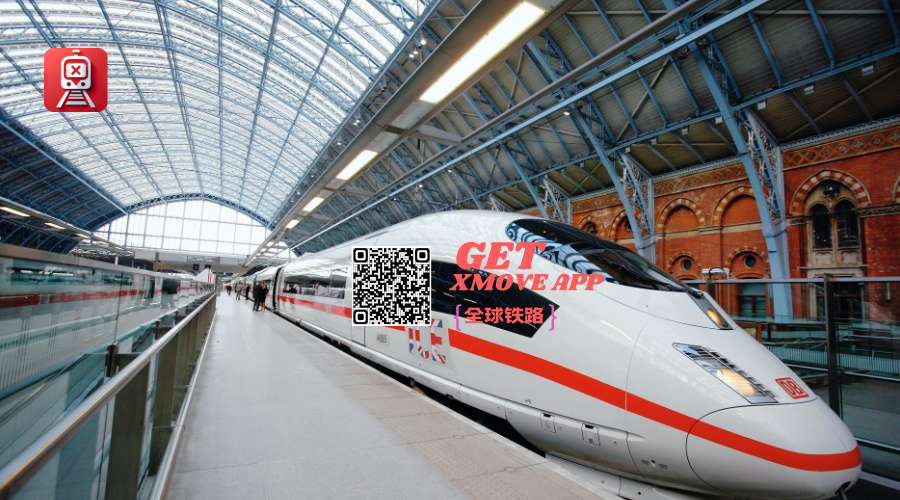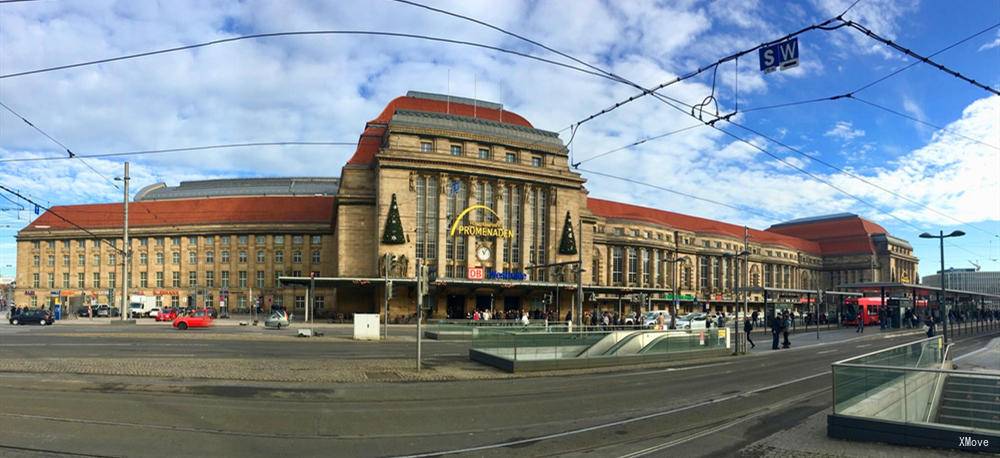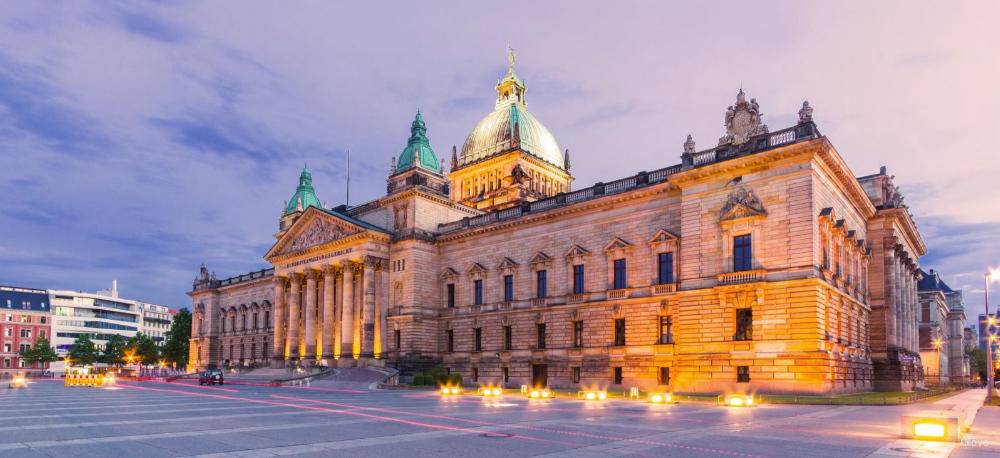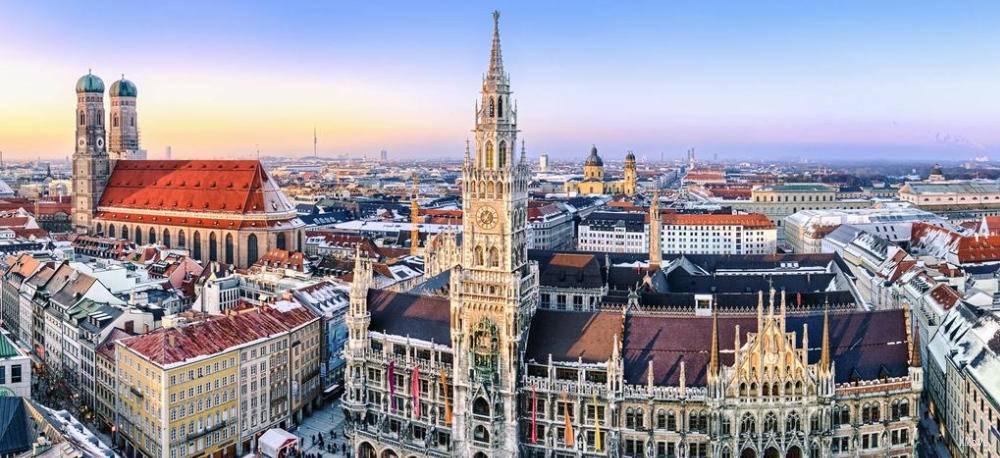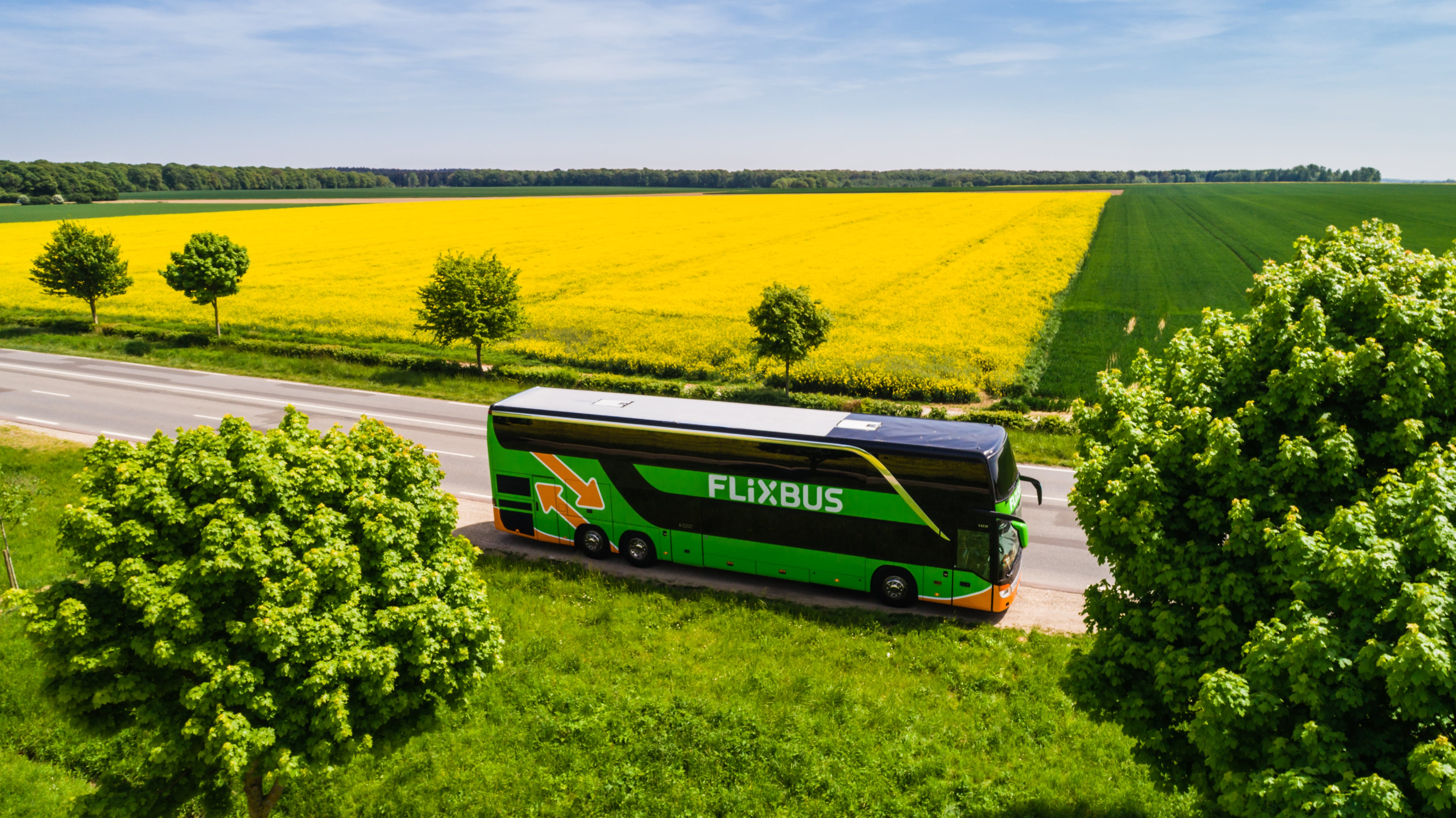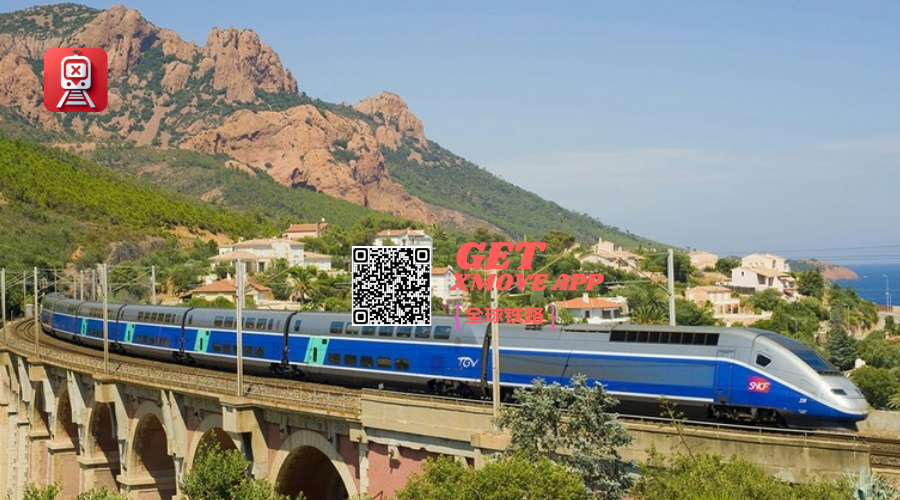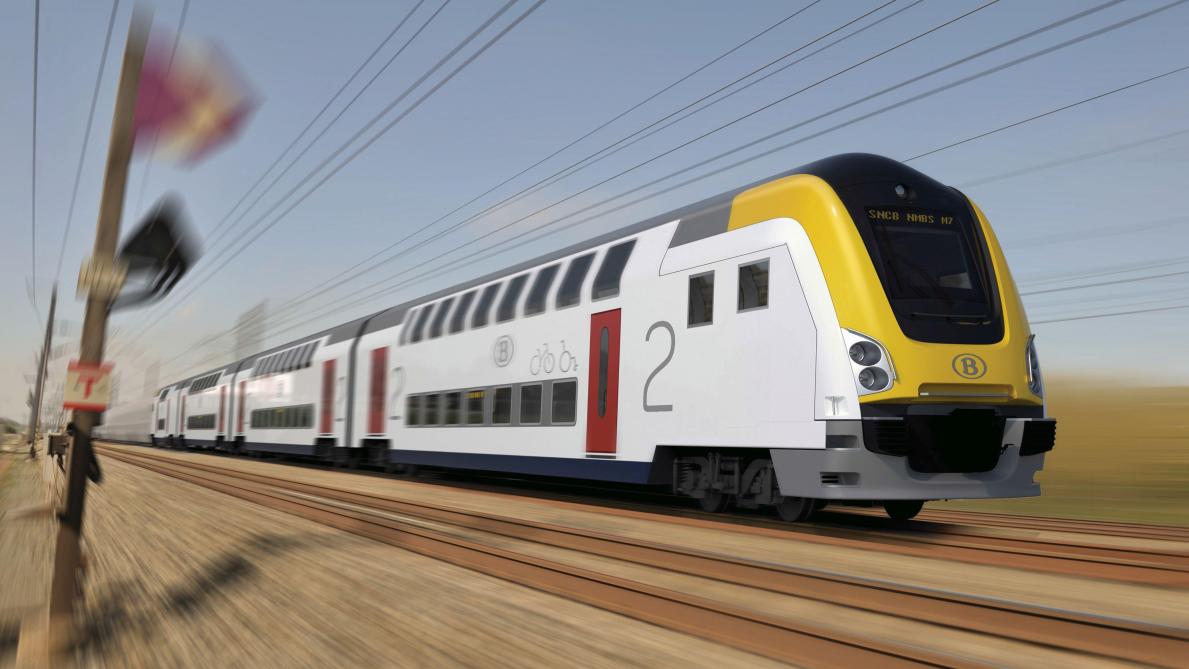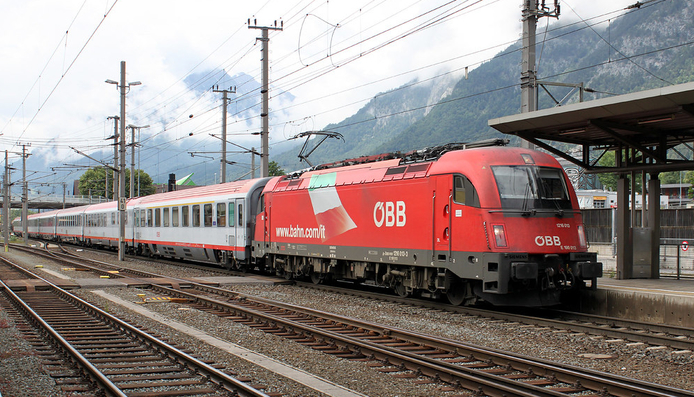Munich
City Overview
Munich was the third largest city in Germany, the state capital of Bavaria and the largest city. It was built in 1158. It is not only a high-tech central city, but also a major financial city in Germany and even in the world. Munich has a very long history and cultural tradition, not only rich in artistic life, but also pays great attention to the protection of traditional folk customs and cultural relics. In Munich, museums, galleries and theatres are located throughout the city. Most of them are concentrated in the heart of the old city, the most famous of which are the Deutsches Museum, the new and old painting gallery. In addition, the annual Munich Oktoberfest is also known as Munich's most important folk festival, attracting a large number of visitors from all over the world.
Must visit attractions
- ##### Munich Marienplatz Marienplatz
Munich's Marienplatz is the heart of Munich and is therefore a place for travellers. Before 1807, there was a market in Marien Square. Most of the buildings around the square today were built in the 19th and 20th centuries. There is a pillar of the Virgin in the middle of the square, expressing the gratitude and love of the Virgin Mary. There is a fish spring in the northeast corner of the square. In the past, it was the place where the butcher apprentices held the ceremony. The northwest of Marienplatz is the Marion Church, the new town hall is on the north side of the Marion Square, the Old Town Hall is on the east side of the square, and the Viktor Arian Market is on the southeast side of the square.
Transportation: From the train station, follow Bayerstr Street all the way to the east, then go straight to the east along Karlsplatz and walk along the pedestrian street. Take the city railways S1 to S8 or the U3/U6 metro line to Marienplatz.
* ##### Munich New Town Hall Neues Rathaus
The new town hall in Munich was completed in three phases and the construction period lasted from 1867 to 1904. The clock tower on the west side of the new town hall is also one of Munich's most iconic landmarks. At the same time, the bell tower of the New Town Hall is the commanding height of the Old Town Ring Road except the Marion Church. The elevation of other buildings cannot exceed the clock tower. The “Zhongming Dance” on the bell tower is the fourth largest puppet dance in Europe and has a long-standing reputation. Every day at 11 o'clock and 12 o'clock, 17 o'clock, every year from May to October at 17 o'clock and 21 o'clock in the evening, when the small enamel decorated with the brilliance of the upper part of the clock will perform the scene of the knight competition, the lower copper people will perform. The dance of the hoops is very beautiful. Don’t miss the chance to catch up with the time.
Transportation: Light rail/subway: S1/S2/S3/S4/S6/S7/S8/U3/U6 line, Marienplatz station
To the north of the Olympic Park, outside the Central Loop is the BMW Munich factory. The famous BMW "four-cylinder building" stands here. The circular building on the west side of the four-cylinder building and its annex building are the BMW Museum, which showcases the development of BMW from the motorcycle and aircraft engine manufacturers to the automotive industry giants.
A very modern building on the west side of the museum is BMW Welt. BMW World is a comprehensive interactive venue that combines display, sales and delivery. On the first floor, BMW's full range of vehicles are on display, and on the second floor, BMW Motorcycle is on display. The car, in addition to a dedicated delivery area, is responsible for delivering the intended vehicle to the customer. The BMW four-cylinder building is an office space and is not open to the public.
Transportation: Take the subway line 3 and get off at the Olympic Center (Olympiazentrum)
- ##### Nymphenburg Palace Schloss Nymphenburg
Nymphenburg Palace is located in the west of Munich, built in 1675. In 1644, the prince Ferdinand Maria was happy. To celebrate the birth of the little prince, Wang Hou and his wife ordered the construction of this summer palace in the west of Munich. After more than 300 years of construction, the original ornamental garden has been expanded into a luxurious palace, with baroque gardens, shuttle channels and dotted pavilions. It is a good place to recommend while walking around. The main building of the palace is splendid, and the adjacent buildings on both sides are symmetrical and well-defined. In addition to Nymphenburg Palace, there are three palaces in the Nymphenburg Palace, the Amarin Palace, the Bath Palace and the Pagoda Palace.
Transportation: Bus: Line 51, Schloss Nymphenburg station; Tram: Line 12/17, Schloss Nymphenburg station
Gourmet & Accommodation & Shopping
Bayern, a large southern state of Germany, everyone prefers to call it Bavaria, where food is everywhere, roast pork knuckles, sausages, large quantities, and beer. Every October at the Oktoberfest, thousands of people will come to the city of beer, so that today's Munich has become synonymous with beer. Convenient transportation, high cost performance Bayern ticket, making it the first choice for many people to go to Germany.
Munich is the largest city in southern Germany and one of Germany's major economic, cultural, technological and transportation centres. At the same time of development, Munich retains the quaint customs of the former Bavarian capital city. Hotel prices in Munich will rise during the tourist season. The annual Oktoberfest is the most lively season in Munich, so be sure to book the hotel in advance. Most tourists choose to live in the city center and around the train station.
If you are not a historical or architectural enthusiast, nor a tech geek, nor a fanatic, don't be bored, because in Munich, you can have another experience - shopping! One of the key words of the trip to Munich is “crazy shopping”. The threshold for shopping tax refunds in Munich is low and convenient, and the stores are very dense. Famous business districts such as Kuffinger Street, Neuhauserstrasse, Brienna Street, Teetina Street, and Senderinger Street give the traveler an eye-catching satisfaction.
Urban traffic
Munich has a relatively complete public transport system in the city. Urban railways and subways act as the main force of urban traffic. Trams connect the city to the city and the city center. Buses are supplemented by rail transit and are very convenient. If you hold a city travel card, you can use the city's mass transit vehicles within the time limit.
Munich - Guide, Attractions, Tours, Sightseeings | Train from/to Munich | Popular Routes
